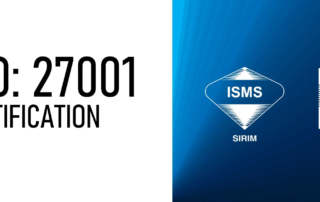Audio and Speech Data Collection Services
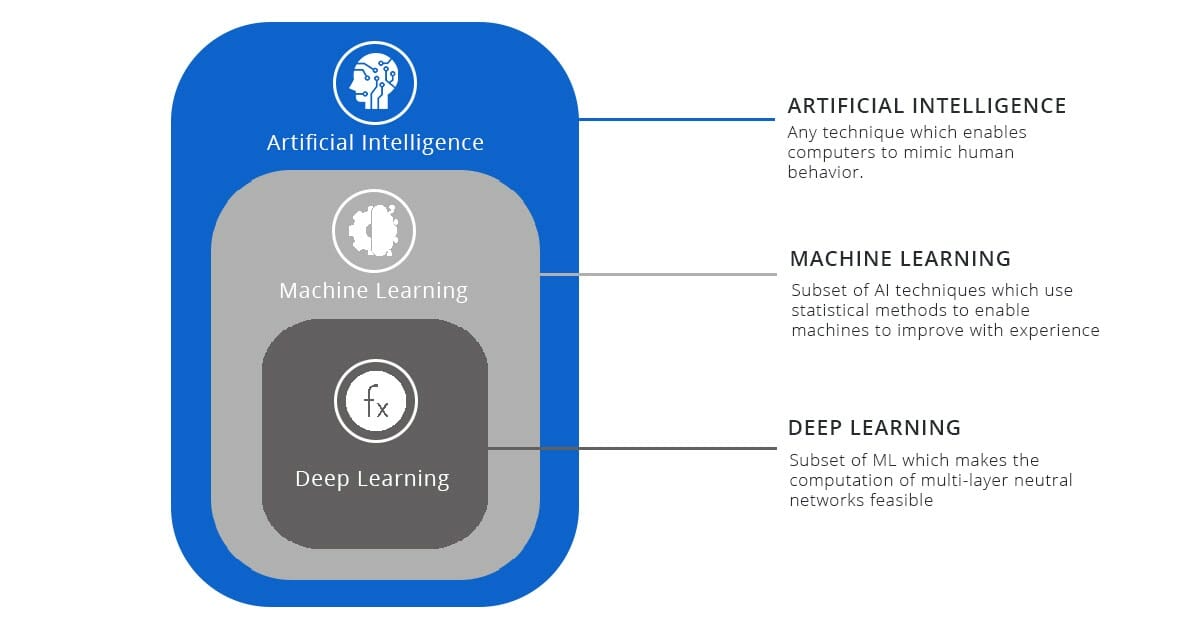
Artificial Intelligence (AI) is the branch of computer sciences that emphasizes the development of applications that think and work like humans, for example, visual perception, speech recognition, decision-making, and translation between languages. Among all fields under Deep Learning which is the latest subset of Artificial Intelligence (AI) and Machine Learning (ML), audio and speech recognitions are viewed as complex due to the intricacies of human language, which is ambiguous, contains abundant lexicon, multiple expression methods, slang, regional accents, sarcasm and irony, mumbling, ambient noise, etc. Moreover, its dynamic nature requires regular updating as well.
Nonetheless, the audio and speech recognition software market is growing rapidly as evidenced by the graph. Customizing your speech data collection is one of the crucial factors for speech recognition project. CCCI offers audio and speech data collection services which include collecting audio data and speech data, and transcribing speech data into text in almost all industries such as software and web development, mobile apps, games, sales and marketing, manufacturing, eCommerce, IT, entertainment and news, retail, etc.
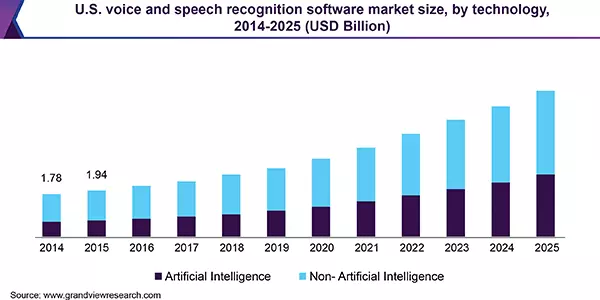
We offer this service in different languages especially English, Japanese, Russian, French, German, Arabic, Spanish, Portuguese, Italian, Filipino, and Armenian. Our team comprises language experts working all over the world to support language services in over 30 countries.
If the language you’re looking for is not available on the list, please email us at hi@ccci.am. Let us know what language/s support you need from us and how we can help you with your project.
CCCI’s Audio and Speech data services include:
Audio Data Collection/Datasets
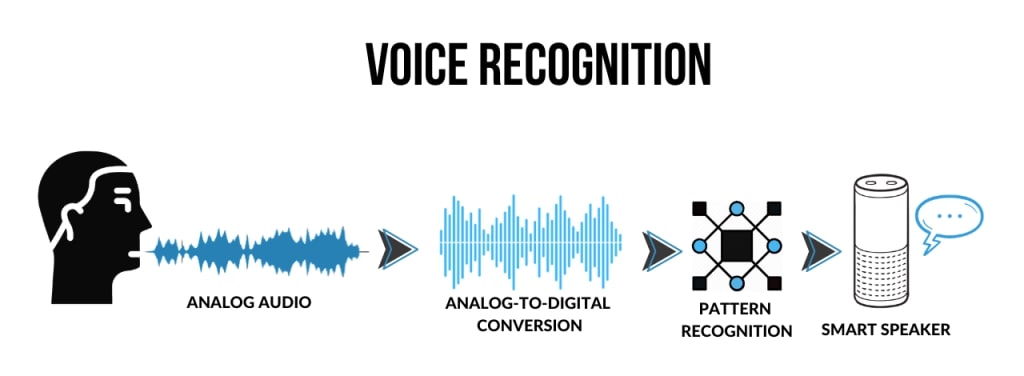
Everyone has a unique way of speaking. This is a result of their physiology (shape and size of the mouth and throat) and behavioral patterns (their voice’s pitch, accent, speaking style, etc.) Audio recognition works by scanning the aspects of speech that differ between individuals.
Audio datasets are important elements you can use with your audio-enabled software applications such as Google Home, Amazon Alexa, or Google Dot. It listens to your voice in real-time and responds. However, it has limited functionality. It is usually restricted to a specific task at hand; otherwise, digital assistants come into the picture to operate.
Nonetheless, the bigger the voice profile is, the better the functionality will be, leading to more personalized experiences encouraging deeper adoption of voice technology in all areas such as in banking, workplace, manufacturing, etc. Excellent audio recognition technology fosters the connection between businesses and customers by humanizing and individualizing the former’s approach and services, while also allowing them to reach multiple users at once.
Here at CCCI, we provide high quality, diverse, and large audio datasets that can help your company with training your software applications to recognize different types of human voices.
The process of collecting audio data
The user will speak a word or phrase into a microphone to acquire a speech sample. The electrical signal from the microphone is converted into a digital signal by an Analog to Digital (ADC) converter. It is recorded into the computer memory as a digitized sample. The computer then compares and attempts to match the input voice of the candidate with the stored digitized voice sample and identifies the candidate.
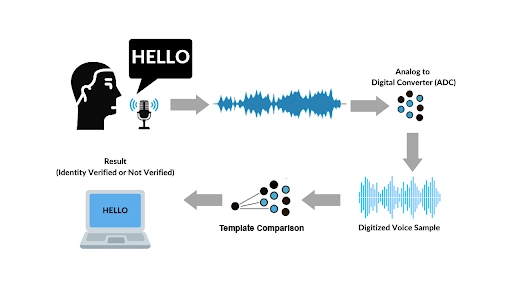
Speech Data And Transcription
Speech recognition identifies the words you speak. You can search for a video on YouTube without typing, turning on a smart TV, or clicking a button. Furthermore, speech datasets can be used to train your automatic speech recognition (ASR) systems like talkbots to conduct smart, human-like conversations, or accurately generate a transcript of audio and create real-time captioning using natural language processing (NLP) technology and deep learning neural networks. Speech recognition software programs are used for note-taking during a meeting, general dictation, transcribing, using a computer hands-free, medical transcription, and automated customer service. The technology is highly popular in recent years as it allows an individual to do multiple tasks at the same time, or a business to be exponentially efficient.
The process of collecting speech data and transcribing it into text
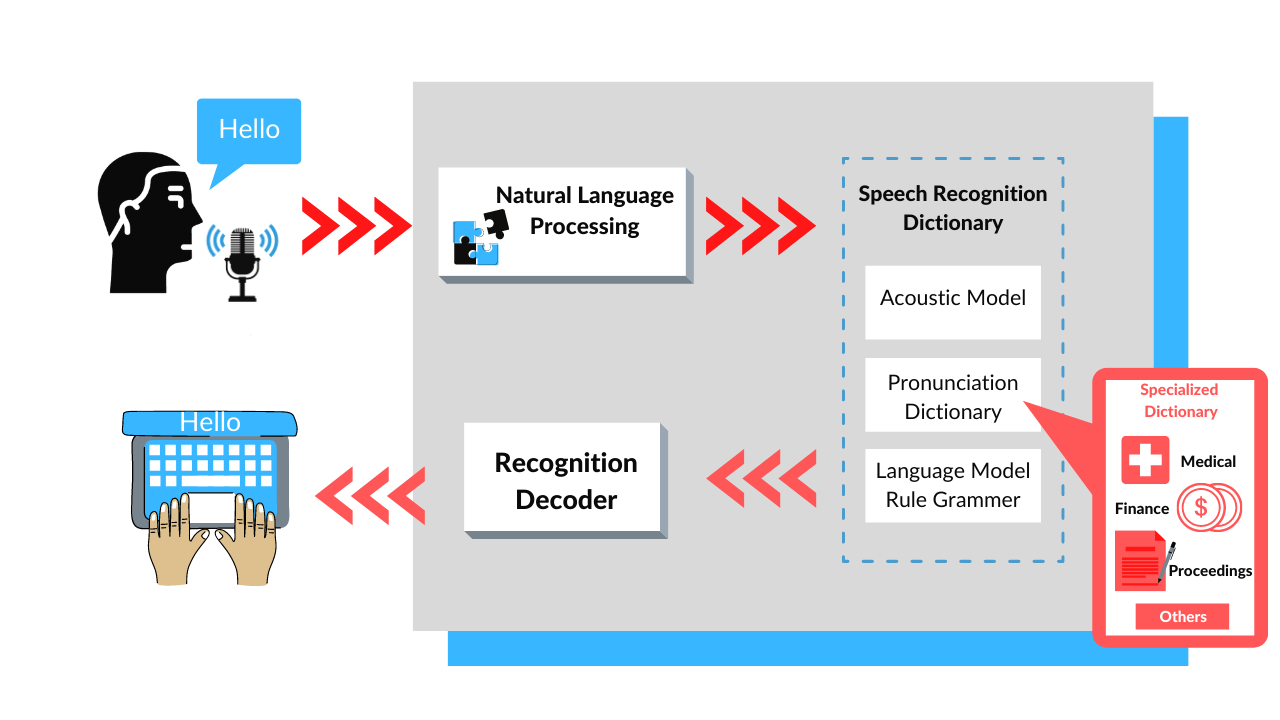
Speech recognition involves recording spoken words using either a microphone or telephone. Using natural language processing (NLP) software, the process includes breaking the speech down into bits it can interpret, converts it into a digital format, and analyzes the pieces of content. From there, the software makes determinations based on programming and speech patterns and can hypothesize about what the user is saying. After determining what the users say, the software transcribes the conversation into text, which can be used by journalists, researchers, YouTubers, etc.
Check the ultimate guide on data collection for speech recognition, and how businesses can benefit from audio data collection.
Enhance your product, increase your productivity.
Contact us here or email us at hi@ccci.am to make your AI smarter with our Data Collection services!
FAQS ABOUT AUDIO AND SPEECH DATA COLLECTION
At CCCI, we collect the data by recording conversations and commands in different languages. We make sure that we only use our trusted tools in this process.
Collected data helps machines learn human-like behaviors in order to achieve artificial intelligence. Artificial Intelligence (AI) is a technology that makes people’s lives more convenient.
Speech recognition analyzes the delivery of speech patterns using Natural Language Processing (NLP). It studies different speech patterns to recognize and process human voice, speech and commands. Speech recognition is used when commanding smart speakers to search or find specific information on the internet.
The most common source of data for audio collection is recording several audio samples from human speech and voice.
With our team of expert linguists, we transcribe audio to text in different languages using our most trusted tools. We check its quality through our quality assurance processes before submitting it to our clients.
We use Zoom when recording the audio data. We then transcribe the audio data using Google Voice Typing Tool. We then proofread the transcription to polish the grammar and context of the audio data.
We provide audio and speech data collection in up to 30 European and Asian languages such as English, Japanese, Russian, Spanish and many more!
We offer scripted audio and speech data collection, scenario-based audio and speech data collection, as well as conversational audio and speech data collection.
At CCCI, our process is simple. We record the audio based on what our clients request. We then check the quality of the recordings before transcribing them. We do this in up to 30 different European and Asian languages.
RELATED BLOGS
RELATED BLOGS
Comic Book to Webtoon Conversion
Key Takeaways: Comic books can be traced back to [...]
ISO 27001 Certification
We are excited to announce that CCC International has [...]
Top 5 Languages for Manga Localization in 2024
Effective localization can turn a niche manga into a [...]


